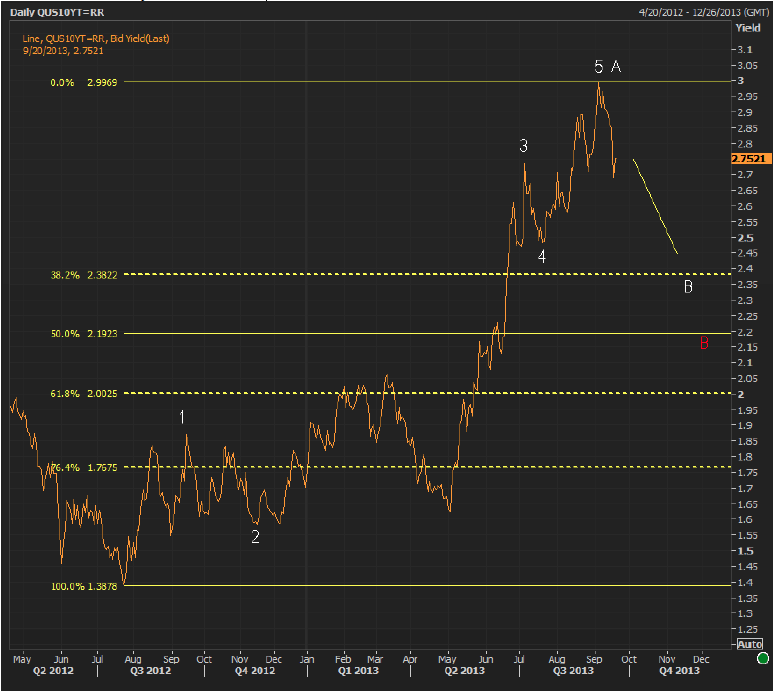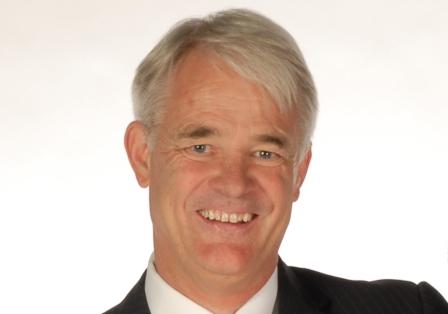Personal Finance
 Investors often turn to real estate, looking to flip as a way to earn big money fast. Real-estate experts agree, however, that people need to do their research so their flips don’t flop.
Investors often turn to real estate, looking to flip as a way to earn big money fast. Real-estate experts agree, however, that people need to do their research so their flips don’t flop.
To start, potential investors need to be clear on exactly what kind of flip they’re prepared to pursue. There’s the “quick flip”; buying a place, fixing it up, and selling it within a year; and buying a property, renting it out for a longer period, then getting rid of it.
“All three are totally different animals,” says Vancouver-based Ozzie Jurock, president of the Jurock Real Estate Insider. “People want simple answers. It’s not so straightforward as hoping some other greater fool will pay more the next day than what you paid today.”
The basics Ozzie Jurock
“The number one requirement to flip has nothing to do with the market but has to do with you: it’s guts,” says Jurock, who’s currently keen on Phoenix and Las Vegas for real-estate investing. “You have to step up to the plate. In our club every month we have people talk about how they saw a deal. They’ll say ‘I saw it, I knew it was great, I did my research, but I didn’t move and someone else got it.’ They’re human beings; they act on emotions. It’s not all clear numbers.”
There are many success stories, though. He points to a senior couple he’s worked with who wanted to flip as a means to increase their annual income. They decided on flipping four properties a year, one every three months. Their first year they made $32,000; the second, $68,000.
“And this year they’re well on their way to doing it again,” Jurock notes. “To them it’s ideal because they’re clear [about their goals]. Often what we don’t have in real-estate investment is clarity. When people aren’t clear, they’re running around all over the place, ‘Joe says I should do this. Have you heard about this?’ As a flipper, know thyself. Have guts to act.
“What is the reason why this or that property is going to be worth more after you buy it?” Jurock adds. “Is it because you’re going to add value to it by painting? Or is there something happening in that town–a new sawmill opening up or a new power station–some kind of economic reason?”
Making money by flipping also involves “elbow grease”, Jurock says, who points to Edmonton, Calgary, and Surrey as other strong markets for investors. “Say you buy a place that’s a bit rundown. You paint it, clean it, cut the grass, put on new front door, put big brass numbers out front; only spend money on the main floor. Don’t spend a lot of money on stupid stuff. Don’t ever put a bidet in a washroom.”
He says the “classic” flip everybody wants is a foreclosure. He suggests people go to the courthouse and see how the process works. Money can be made on these properties, but again, people need guts. “Understand yourself,” he says.
Finally, remember there’s risk involved.
“You might go somewhere and buy the wrong thing,” Jurock says. “Or you might buy the right condo at the wrong time. Markets are cyclical.”
Click on image or HERE for more info


10-yr Treasury Benchmark Yield: Pointing lower……and some great comments from Dr. Doom – Mark Faber
US Treasury 10-yr Benchmark Yield [last 2.75%]: At a 38.2% retracement, 10-yr yield at 2.38; at 50% retracement, yield at 2.19%…

Mark Faber’s reaction to the Fed decision on Wednesday—this is priceless! “QE infinity”…
Regards,
Jack & JR
MEMBER SERVICES
-
BLACK SWAN FOREX
-
GLOBAL INVESTOR
Research, commentary, analysis and trading advice using ETFs covering global markets and asset classes … delivered each week.
-
THE BLACK SWAN STORY

The annual Canadian inflation came in at 1.1% this morning edging down from a 1.3% July posting. Core CPI,the number watched closely by the Bank of Canada, rose 0.2% in August in line with expectations.
Drew Zimmerman
Investment & Commodities/Futures Advisor
604-664-2842 – Direct
604 664 2900 – Main
604 664 2666 – Fax
800 810 7022 – Toll Free


{mp3}mcbuscom09192{/mp3}













